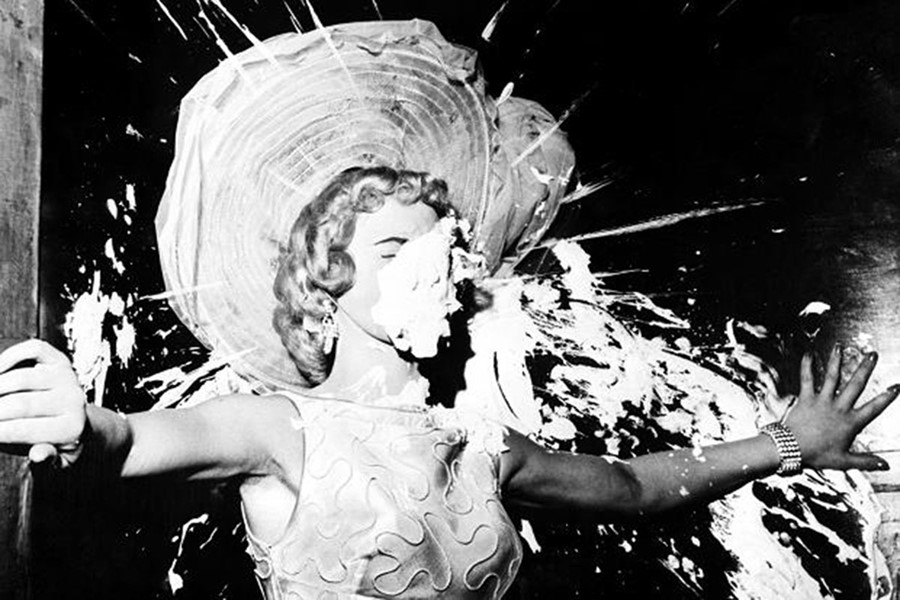To mark April Fool's Day, we've picked our top 10 pranks throughout history
Once a year there is a day when it is socially acceptable to lie, cheat and prank to the heart’s content. The first of April to many is an excuse to be a little cheeky – putting salt in tea or telling a friend that Ryan Gosling followed them on twitter. Some don’t even notice it’s passing. Then there are those who use April Fool’s to its full potential. It’s come to be expected to see a joke news story in the papers or a slightly misleading advert – and here we have compiled some of the best.

1. In 1957 the BBC news show Panorama ran a segment on a bumper crop of spaghetti in Switzerland. The ‘Spaghetti Trees’ had done so well due to mild weather and the near elimination of the ‘spaghetti weasel’. They even ran footage of a family pulling strands of spaghetti off of trees in a bizarrely surreal straightforward manner. The BBC received hundreds of phone calls from viewers asking how to grow spaghetti – the given reply was to put a strand of spaghetti in some tomato sauce and hope for the best.
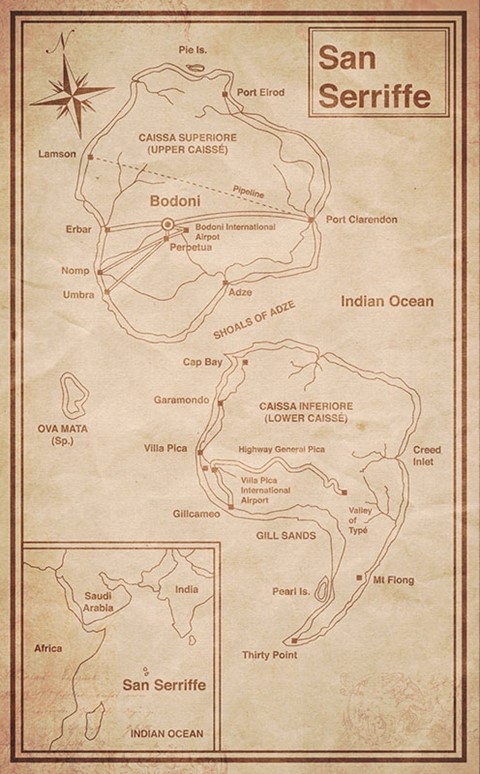
2. The Guardian newspaper took the April Fool’s prank further than it had been taken in a national newspaper ever before, printing a seven-page supplement detailing a set of islands that didn’t exist. In 1977 the paper described the culture and geography of the semicolon shaped tropical islands, that they said existed in the Indian Ocean. The two islands were called Upper Caisse and Lower Caisse – and everything about the islands referred to printers terminology. This was the prank that is said to have started the trend in newspaper’s April Fools antics.
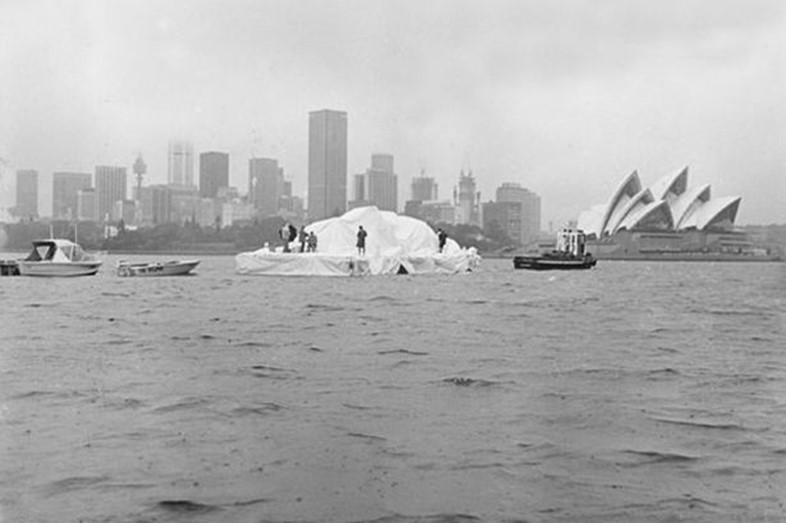
3. One example of an elaborate prank not going quite to plan was Dick Smith in 1978. The budding explorer/entrepreneur towed a huge iceberg into Sydney Harbour – as he had been boasting of doing for years. He said he had bought it from the Antarctic and would sell chips of it to thirsty punters on the harbours edge. His cunning plan was ruined however when an unforeseen rain shower revealed the icebergs true characteristics. In actual fact it was a barge covered in a sheet then sprayed with fireman’s foam and shaving cream.
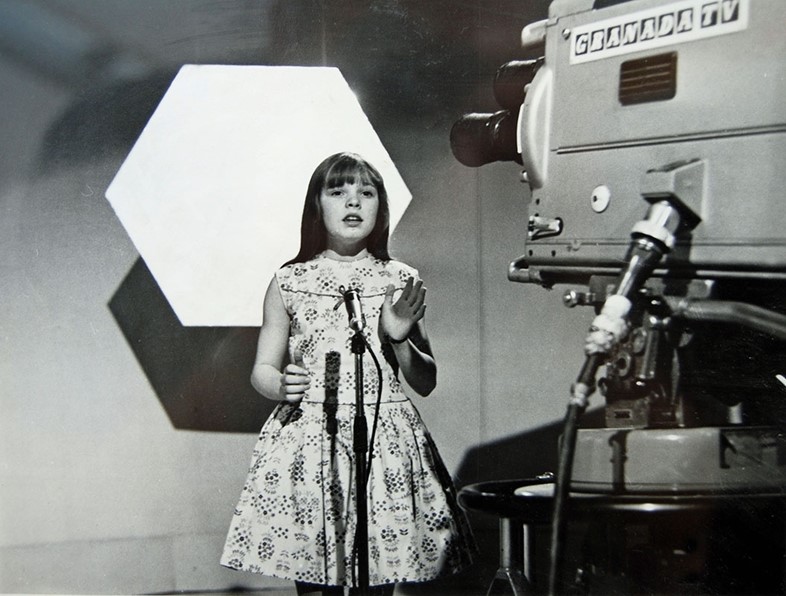
4. Google are one of the most prolific prankers around – they do something new every year. Their first trick convinced users they could control the search engine with their minds – it even included warnings claiming unclear instructions or politely asking something more suitable be thought of. One of their their best was last year’s prank, when they announced that YouTube was actually a worldwide search to find the best video ever. They would be taking no more new entries and that over the next two years a winner for best video would be decided – causing outrage against those who hadn’t yet applied!

5. In 1973 BBC Radio broadcast an interview with an academic, Dr. Clothier, who led a conversation on the government's efforts to stop the spread of the dangerous Dutch Elm Disease. He said that exposure to the disease cured the common cold, but also cause redheads hair to turn yellow and fall out. Therefore, redheads were advised to stay away from forests for the foreseeable future. Any sharp-eared listeners who might have thought that the eminent Dr. Clothier sounded a bit like comedian Spike Milligan might have spotted the joke a bit earlier than others…
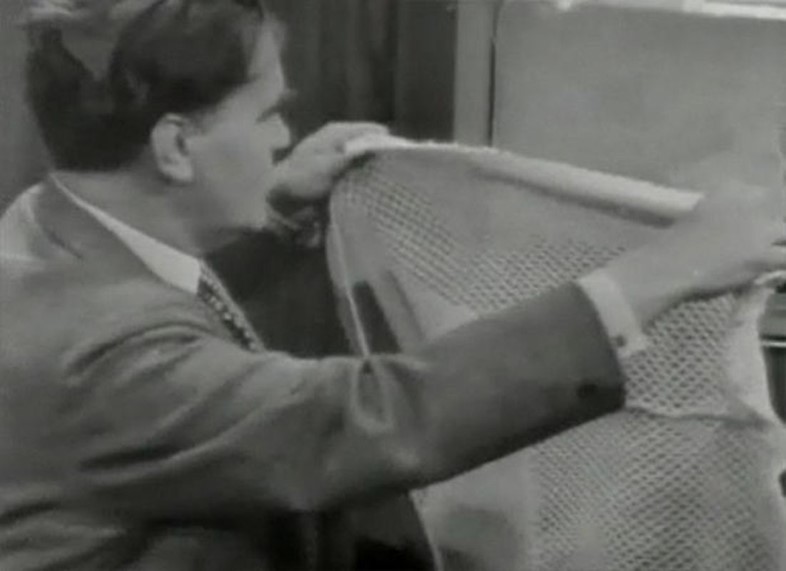
6. In Sweden, it was announced that colour television was possible, but only through some rather unusual home improvement to the TV. The technician for the only channel available came on screen and explained that by stretching a pair of stocking over the screen would cause a certain refraction of light, allowing the programmes to be viewed in full colour.. Everyone did it, people in Sweden still remember their parents in 1962 covering their TV’s in tights. Colour TV was officially launched two years later on April Fool’s in memory of the infamous prank.

7. In 1976, famous astronomer Patrick Moore announced on BBC Radio that a rare planetary alignment between Pluto and Jupiter would reduce Earth’s gravity temporarily, causing people to feel a floating sensation if they jumped in the air at the exact time. Hundreds of people called in saying that they had felt it, one woman even claimed that her and eleven friends had stared floating around her living room.
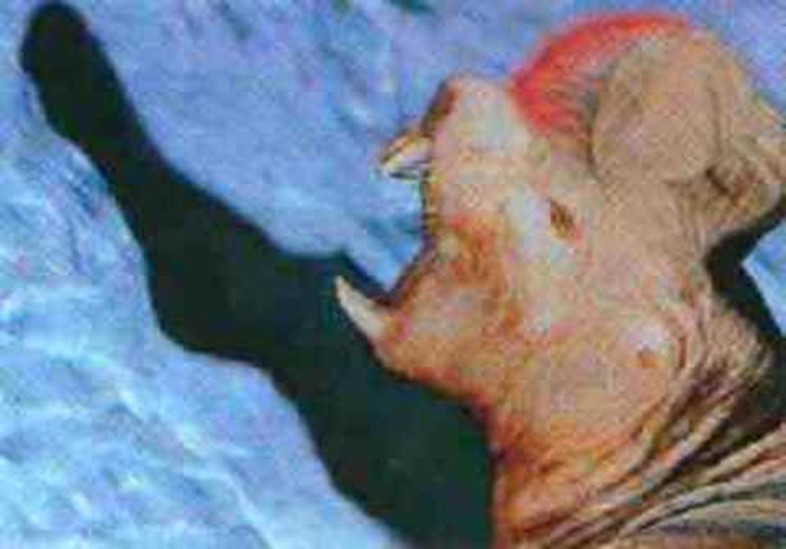
8. An article appeared in Discover Magazine in 2008, written about a doctor ‘Aprile Pazzo’ and her interesting discovery. The article detailed information about a previously unknown artic animal, the Hot-headed Naked Borer – a mole-like animal that had a really hot head for digging in the ice. Dr Pazzo even claimed that the creature may have been responsible for the death of the explorer Philippe Poisson, claiming that to an ice-borer Poisson would have looked ‘like a big penguin’. It got the most reads of any article ever on Discover Magazine.

9. The famous Germany vs. England football match of 1915 wasn’t the only example of light-heartedness show between the opposing sides of World War One. On April Fool’s the same year a French aviator flew over German trenches dropping ‘bombs’ – they were actually footballs with APRIL FOOLS! written on them.
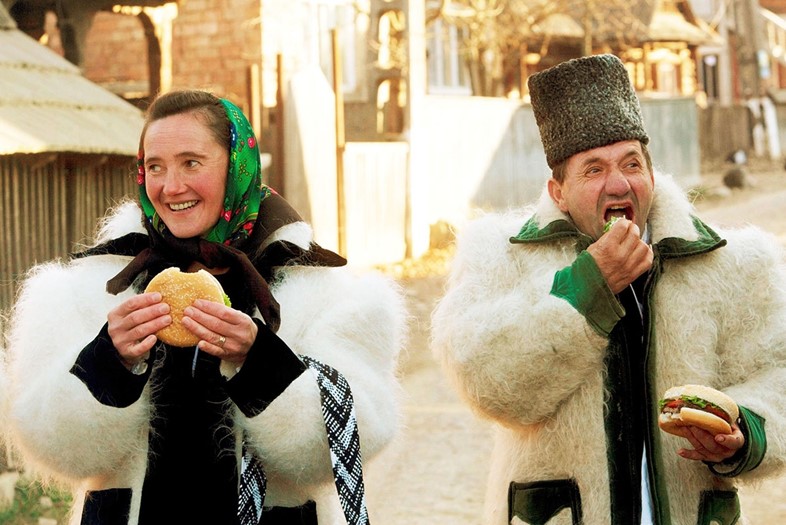
10. Burger King announced the ‘Left Handed Whopper’ on April 1st, 1998 – the whopper designed for their left handed patrons. Exactly the same as the original, but with the fillings rotated 180 degrees, it caused hundreds of patrons to request it in store. People even started asking specifically for the ‘Right Handed Whopper’ – it remains one of the most successful false advertising campaigns to date.
Text by Rosie Neve
